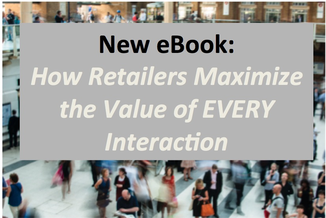Whether we’re out to lunch or window shopping, mobile is playing a bigger role; it’s more than a distraction from your date or vibration in your pocket. It’s our tether to the world – from text alerts and app-driven push notifications to mobile-enabled websites and social media streams. And more often, it’s an up-sell being added when we agree to have our receipt sent to our email or our phone.
The appeal of automation makes sense: in a time where marketers are held to high standards and spread thin across an increased workload, anything you can set and forget is a welcome time saver. What companies didn’t predict, though, was how much time is attached to establishing automation. And while there are risks involved in automation’s perceived easy button, companies are still embracing it in droves. So how do marketers keep from blowing it?



